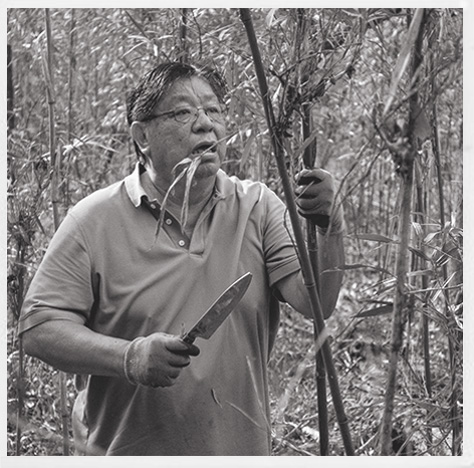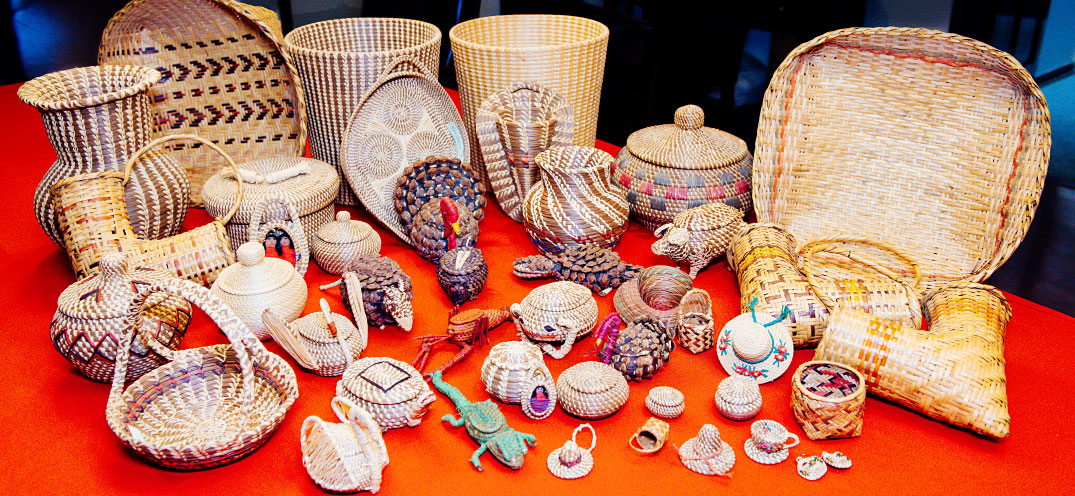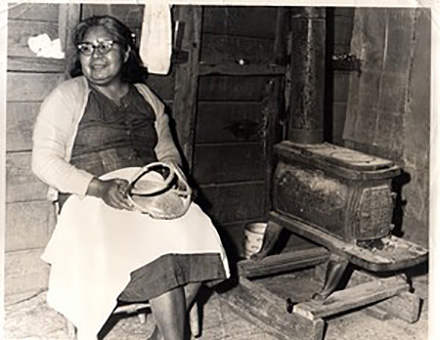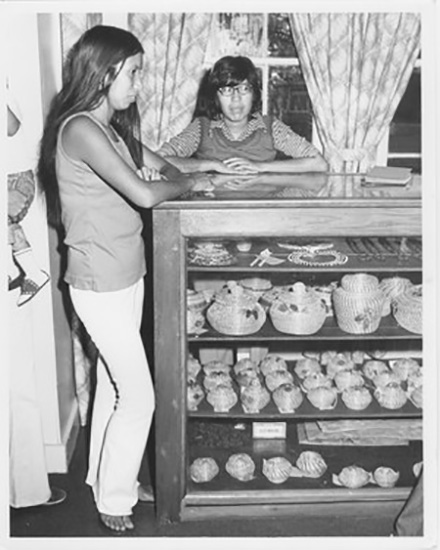Basket Making
Our Tradition of Basket Making

Our Craft
Coushatta men and women have woven baskets for centuries, using materials such as white oak, sedge grass, rivercane, and other locally available resources.
The earliest baskets were used as containers for gathering and storing food, and as items to trade for food and other necessities.
Coushatta baskets are in the permanent collections of the National Museum of the American Indian in Washington, D.C., the Louisiana State Museum, the Peabody Museum of Archaeology and Ethnography at Harvard University and many private collections.

In the twentieth century, Coushatta basket makers began to mainly use longleaf pine needles from the Pinus palustris tree as other materials became difficult to acquire.
Longleaf Pine
(pinus palustris)
Longleaf pine needles are gathered, dried, and then coiled into baskets using raffia and sewing needles.
Utilizing Louisiana native longleaf pine needles, Coushatta artisans craft tightly bound, classic forms in the tradition of their ancestors.

Renowned Artists
In the latter part of the twentieth century, several Coushatta basket makers were recognized nationally and internationally for the quality of their artistry.
The handmade pine needle baskets have become highly prized and sought-after collectibles.
Coushatta pine needle baskets can be found in the collections of such prestigious museums as the Smithsonian Institute, the Louisiana State Museum, and Harvard’s Peabody Museum.
Efforts are underway to teach this art form to tribal youth, to ensure it is carried on for many generations to come.
Coushatta baskets are still handmade today in the same traditions of our ancestors and can be purchased in the Coushatta Casino Resort gift shop.

